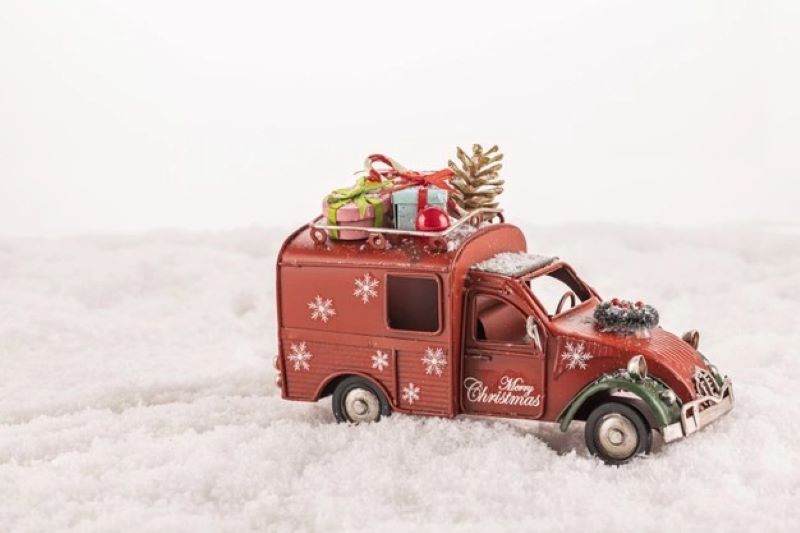
The Origins and Traditions of Merry Christmas: A Cultural Insight
The holiday season is a time of joy and merriment for people all over the world, but few holidays are more beloved than Christmas. Whether you’re a devout Christian or simply a fan of the festivities, there’s no denying the special magic of the holiday season. But where did these traditions come from? What is the origin of Merry Christmas, and how have these traditions evolved over time?
The Christian Origins of Merry Christmas
The holiday we now know as Christmas originated as a celebration of the birth of Jesus Christ, the son of God, in the Christian faith. The first recorded Christmas celebrations date back to the 4th century, when the Church officially recognized December 25th as the date of Christ’s birth. This decision was likely made to align with existing pagan festivals, as it was easier to convert people to Christianity if their existing traditions were retained.
Over time, and particularly in the Western world, Christmas came to be associated with a number of customs and traditions that had little to do with the religious observance of the holiday. These include gift-giving, decorating trees, and hanging stockings by the fireplace. Nevertheless, the Christian roots of Merry Christmas remain an important part of the holiday’s meaning for many people around the world.
The Evolution of Christmas Traditions
As the centuries passed, Christmas traditions evolved and became more elaborate. Many of the customs we associate with the holiday today have their origins in the Victorian era of the 19th century. This was a time of great social and cultural change, and Christmas was seen as an opportunity to escape the drudgery of everyday life and indulge in merriment and festive cheer.
One of the most enduring symbols of Christmas is the Christmas tree, which evolved from a German tradition in the 16th century. Originally, these were small, tabletop trees decorated with fruit, candles, and other small items. By the 1800s, the Christmas tree had grown in size and popularity, and was soon a common feature in homes across Europe and North America.
Another popular tradition is that of caroling. This involves groups of people going door-to-door, singing Christmas carols and spreading holiday cheer. The origins of this practice are uncertain, but it is thought to have its roots in medieval England, where it was common for bands of singers to go from house to house, collecting food and drink as they went.
A more recent tradition is that of the Christmas movie, which has evolved as a popular form of entertainment during the holiday season. From classics like It’s a Wonderful Life and A Christmas Carol, to modern favorites like Elf and The Polar Express, there’s no shortage of great holiday films to choose from.
Conclusion
For many people, Christmas is the most wonderful time of the year. It’s a time to come together with family and friends, to exchange gifts and share in the warmth and joy of the holiday season. But as we celebrate Merry Christmas, it’s important to remember the origins and traditions that make this holiday so special. Whether you’re a devout Christian or simply a lover of all things festive, taking the time to learn about the cultural meaning and significance of Merry Christmas can help deepen your appreciation for this beloved holiday.




